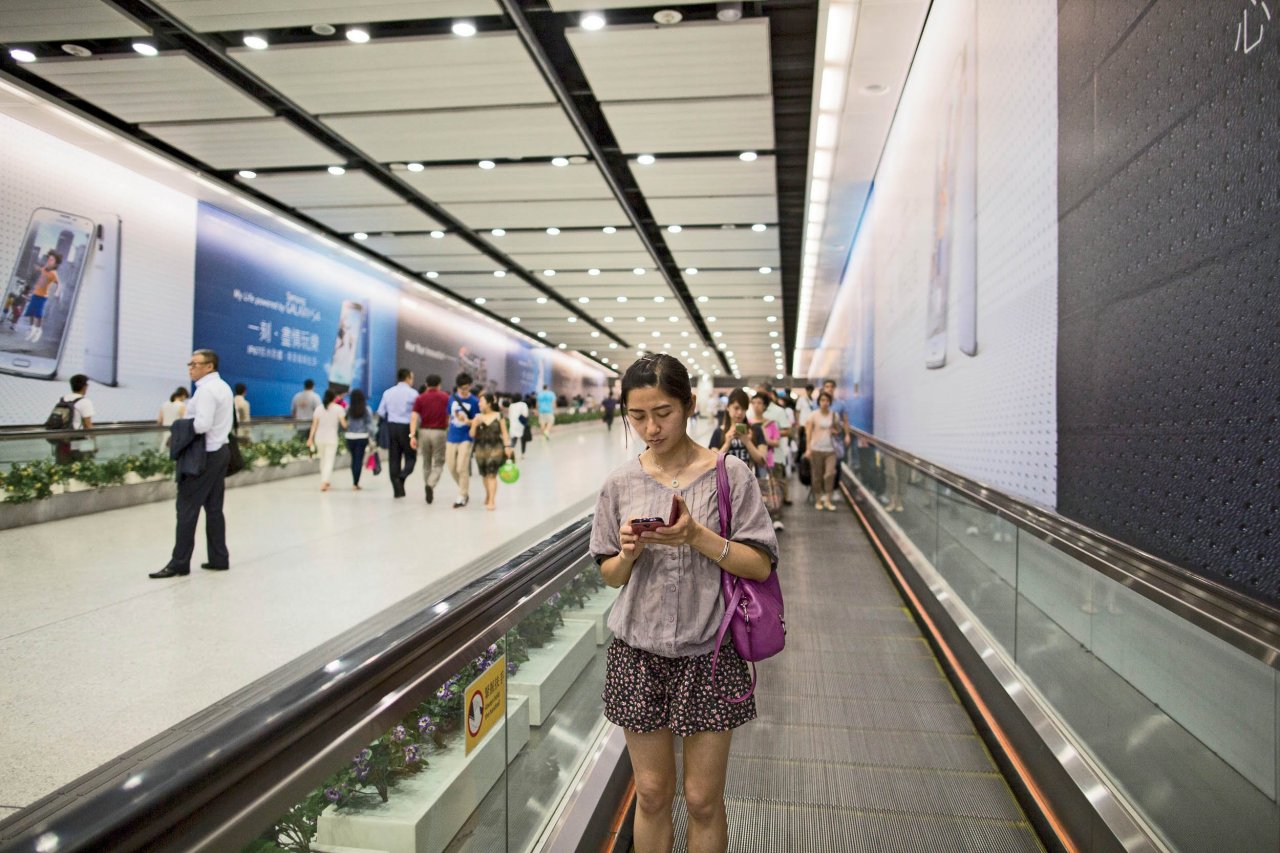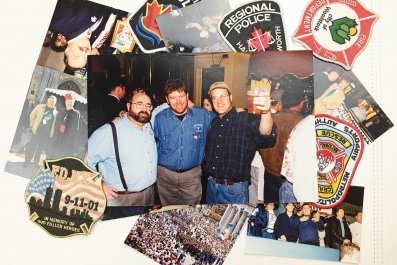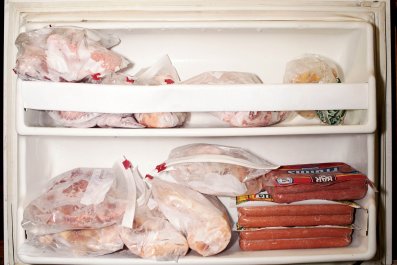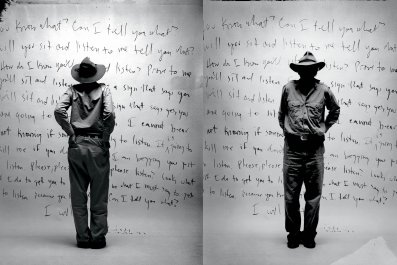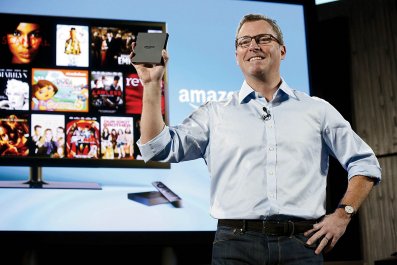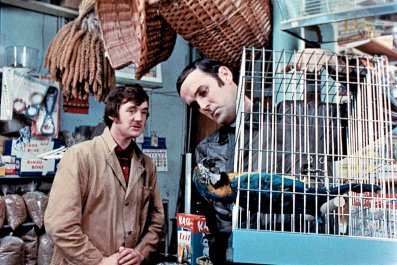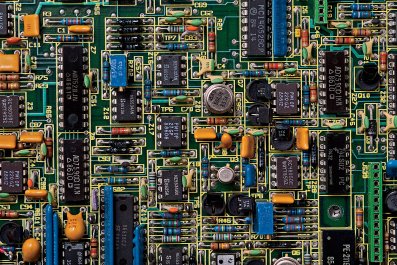Laboratories in the US and UK are working on next-generation of Global Positioning Systems that are so advanced they won?t even use satellites. They will instead take location cues from subatomic variations in the earth?s magnetic field.
This is good news, especially given the imminent arrival of self-driving cars. We don?t want a GPS satellite to leave thousands of driverless cars in California circling the streets as if stoned out of their gourds: ?Dude, did we pass the McDonald?s like two minutes ago or two hours ago??
The new ?quantum GPS? will fit on a microchip and require little power, which means it can be built into everyday items, not just smartphones. It will be so accurate it could pinpoint an item inside your house to within inches. In other words, you will finally be able to find your keys.
GPS technology goes back to the 1960s, developed by the Navy to track its submarines. The first commercial GPS unit came out 25 years ago, but the system didn?t enter most of our lives until the past decade, when it started to be built into smartphones. GPS is the key reason mobile apps have changed life in ways desktop computer software never could. Transportation network company Uber uses GPS to find taxis and limos near you. Real estate company Zillow shows listings in the neighbourhood you?re walking through and admiring. Dating app Tinder points out the nearest people you might have sex with.
Of course, the big kahuna of GPS apps is personal navigation. We?d be lost without it. Meanwhile, commercial applications for GPS, from farming to supply chain logistics, have become critical to the economy, and nobody wants to think about the implications for the military of a GPS meltdown. That drone meant for a cave in Pakistan might show up at Buckingham Palace.
For all the magic of GPS, it?s still dependent on Sputnik-era ideas, which means it?s a little clunky and not failsafe. The military worries that GPS satellites could get jammed or knocked out. GPS by itself is accurate to about 25 feet, which is fine for driving but less than perfect for guiding -people to the aisle selling Pop-Tarts in their local supermarket.
In fact, to be more accurate, your phone cross-references GPS with location information it can glean from Wi-Fi and cell phone signals. That mix requires processing power and battery power that are easy enough to provide in a smartphone, but makes it tough to build GPS into keys or a kid?s toy.
So the US and UK have been funding work to build a better, satellite-free GPS. The US programme, guided by the military, is called Micro-PNT. Its goal is to build everything needed for location sensing into a single, tiny, low-power chip. Each chip would have to include its own little atomic clock and super-accurate gyroscopes and accelerometers. It would determine its position from micro-variations in the Earth?s magnetic field. UK military scientists say they?re three to five years from developing similar technology they?re calling a ?quantum compass?.
The science is challenging and working versions are years down the road, but it will get built. Today?s GPS is only a beginning. The military will jump on quantum GPS first, building it into weapons, drones, soldiers? uniforms, robots and so on.
For civilian applications, one of the more intriguing aspects of the new breed of GPS is its ability to work indoors with great precision. Right now, Google, Apple and Microsoft ? the big three of online maps and navigation ? see ?indoor GPS? as a tantalising new opportunity. You can use outdoor GPS to find the nearest coffee shop in just about any village in the world. But you can?t rely on your phone to guide you to coffee inside an airport terminal or Las Vegas casino.
There are two steps to creating indoor GPS. The first is mapping the indoors, and that?s underway. Google, for instance, has collected indoor maps of places like Wembley Stadium in London and Caesars Palace in Vegas. As indoor mapping trickles down to smaller buildings, we?ll start getting maps of the aisles of every Lidl and Starbucks, of classrooms in college buildings, and maps of the labyrinths of hospitals that tend to act like Roach Motels for visitors. Sooner or later, an entity like Google Maps will store maps of every indoor space, including blueprints of homes.
Satellite signals don?t reach indoors, especially somewhere like the windowless bowels of a casino. Apple last year paid $20m for a startup called WiFiSLAM, which uses wireless network signals to help a smartphone pinpoint its location indoors. Other companies are working on similar approaches. Such technologies can be accurate to within about three metres.
In another decade, the huge databases of indoor maps will be paired with GPS, which will have the ability to work indoors and outdoors and be precise to within inches. Then a smartphone could guide you to a seat in a stadium or an open $10 blackjack table at Caesars. It could also locate the roofing nails or press-on nails amongst the aisles at a homeware depot.
This should be a boon for consumer robots. Just think about the Roomba vacuum cleaner. Now it?s basically blind and using software to figure out the edges of a room and a vacuuming pattern so it gets the whole floor. A Roomba with quantum GPS and a map of a house could just go to work, knowing precisely where it is at all times. Imagine that ability on a robot deployed to clean up a bedroom or provide roaming security in an indoor space.
Satellite-based GPS touched off a wave of innovations like Uber and Tinder. Quantum GPS will do the same. As GPS chips get smaller and cheaper, almost anything could be given the ability to know where it is. GPS Barbie could know she?s in the same room with Ken and start to blush and toss her hair.
Perhaps the technology will be applied to one of the great problems of an aging society. Car keys have already turned into chunky electronic gadgets. Add quantum GPS, and keys let a phone know they are safely perched on the bathroom sink while you were updating on Tinder.



